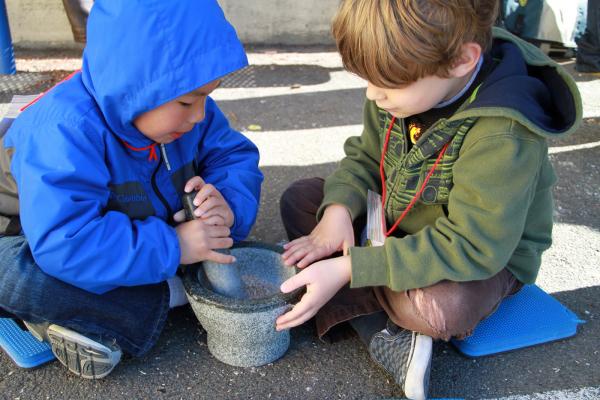Creating Communities of Caring in Schools

Writing about traditional communities, Okanagan elder Jeannette Armstrong says:
The word "cooperation" is insufficient to describe the organic nature by which community members continue, well beyond necessity, to cultivate principles basic to caretaking for one another and for other life forms" (Jeannette Armstrong, "Let Us Begin with Courage").
These communities, she adds, foster sustainability by helping their members realize their full physical, emotional, intellectual, and spiritual potential.
Schools, too, can serve as communities where students know that people care about and care for them, and where they learn to care for others. School practices, from the quality of food served in the lunchroom to the respect shown to staff members to relations with neighbors, communicate whether the school is a place where caring for others matters.
North Carolina teacher of the year Cindi Rigsbee writes, "There is an air of connectedness that any visitor can sense when walking into a school that is led by a great principal. I've heard it referred to as a 'community of caring,' ...and just as good teachers maintain a family atmosphere in a classroom, good principals establish that same feeling in the school as a whole. There are frequent celebrations and the work is fun for everyone in the building." ("What Makes a Principal Great," Teacher Magazine, February 18, 2009).




